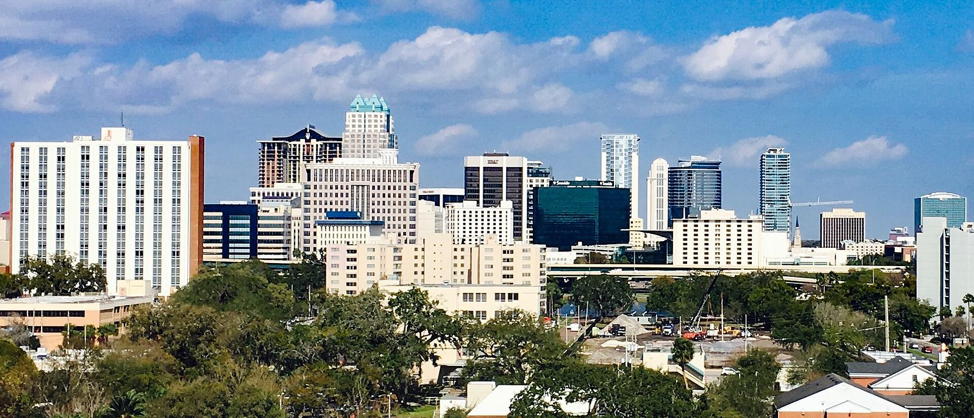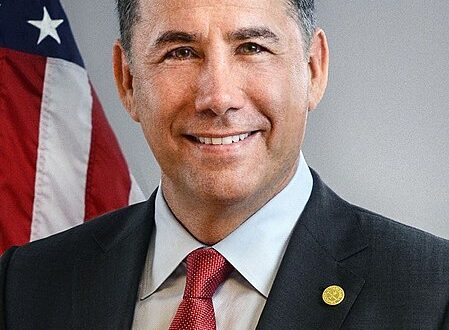Nearly one in three American households is facing imminent eviction or foreclosure.
That’s according to data collected by the U.S. Census Bureau and reported by NBC 6 South Florida in December. At the time, a CDC-ordered federal eviction moratorium was nearing its expiration, as were moratoria put in place by state governments across the country.
President Joe Biden extended the federal moratorium to March 31, but renters nationwide remain in a position no less precarious than before. Not only does the Biden moratorium have loopholes that landlords can take advantage of, but the lack of a cohesive, comprehensive response (or in some cases, any response at all) at the state level leaves American renters vulnerable even in the short term.
Florida renters are currently protected only by the federal moratorium. According to insurance analytics firm AdvisorSmith, Florida renters faced the second-highest risk of eviction in the country at the end of 2020, with 15.6% of renters immediately vulnerable.
The long-term outlook is even more insecure, as a lack of comprehensive state policy leaves Floridians dependent on federal relief while local economies continue to struggle.
Florida’s housing crisis, however, was not unpredictable. For Floridians with the lowest incomes, it was a crisis long before the pandemic began.
According to the 2020 edition of the National Low Income Housing Coalition’s The Gap report, Florida has just 26 available, affordable units for every 100 extremely low-income renter household in need (with extremely low-income defined as 0-30% of the area median income).
89% of extremely low-income households are classified as “cost-burdened,” which means they spend 30% or more of their income on housing. 79% are “severely cost-burdened,” meaning they spend more than half their income. More fortunate renters struggle too, with 40% of “middle income” households classified as cost-burdened.
The statistics are alarming, particularly considering that the NLIHC’s report was published just weeks beforethe pandemic began.
In the short term, advocates are calling for more federal relief and better enforcement by the state, both for tenants and landlords alike.
Yet Florida’s affordable housing crisis predates the pandemic and transcends the scope of a single federal relief package. To fight it, therefore, policymakers will have to look beyond eviction moratoria and federal relief to consider more systemic reforms.
The most fundamental solutions include investment in public housing and other affordable programs and initiatives. Bipartisan support for housing solutions had been growing in Florida even before the pandemic, with Gov. Ron DeSantis, R-Fla., prioritizing full funding for the state housing programs in his original budget proposal for fiscal year 2020-2021 with $387 million in funds from the Sadowski Affordable Housing Trust Fund.
The pandemic led to budget cuts for programs across the state, including a $242 million reduction in housing appropriations, but federal relief funds from the CARES Act totaling $250 million ended up giving the state more money than before.
Increased spending and attention from state and local governments is a victory in and of itself for statewide housing advocates, such as the Sadowski Coalition, who argue that affordable housing not only helps tenants in need but brings jobs and development to the state economy.
On the local level, regulatory measures and zoning reforms can spur market development of affordable housing. In 2018, for example, Minneapolis abolished single-family zoning, which mandated larger lot sizes, lawns and other rules that drove prices up and supply down.
Ending exclusionary zoning is a particularly interesting solution due to its unique bipartisan appeal. By racially and economically integrating communities, inclusionary reforms appeal to the political left, while the deregulatory, pro-market approach often wins support from development advocates on the right.
Florida is a state known for its laissez-faire approach to government, so market solutions like zoning reform may be particularly appealing to policymakers in the Sunshine State.
Leaders on both sides of the aisle recognize that the current situation is unsustainable and has been since before the recession. Florida renters remain some of the most vulnerable in the country, and the pandemic has only worsened the situations of millions.
As Florida looks to rebuild its economy in the coming years, fighting the housing crisis through systemic reforms can, and seemingly will, be a key priority for state and local policy leaders.
Featured Image: Skyline of Downtown Orlando in 2017. Unmodified photo by Artystyk386 used under a Creative Commons license. (https://bit.ly/3szp827)
Check out other recent articles from the Florida Political Review here.





